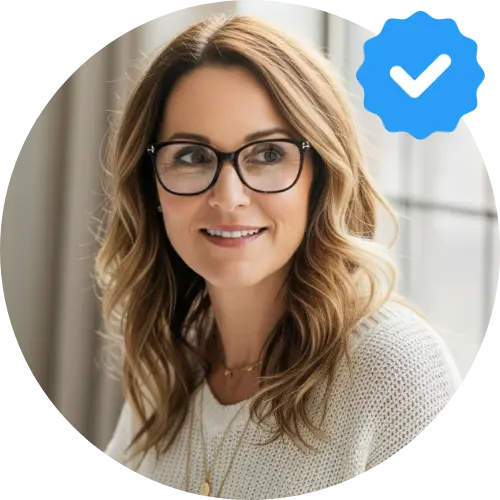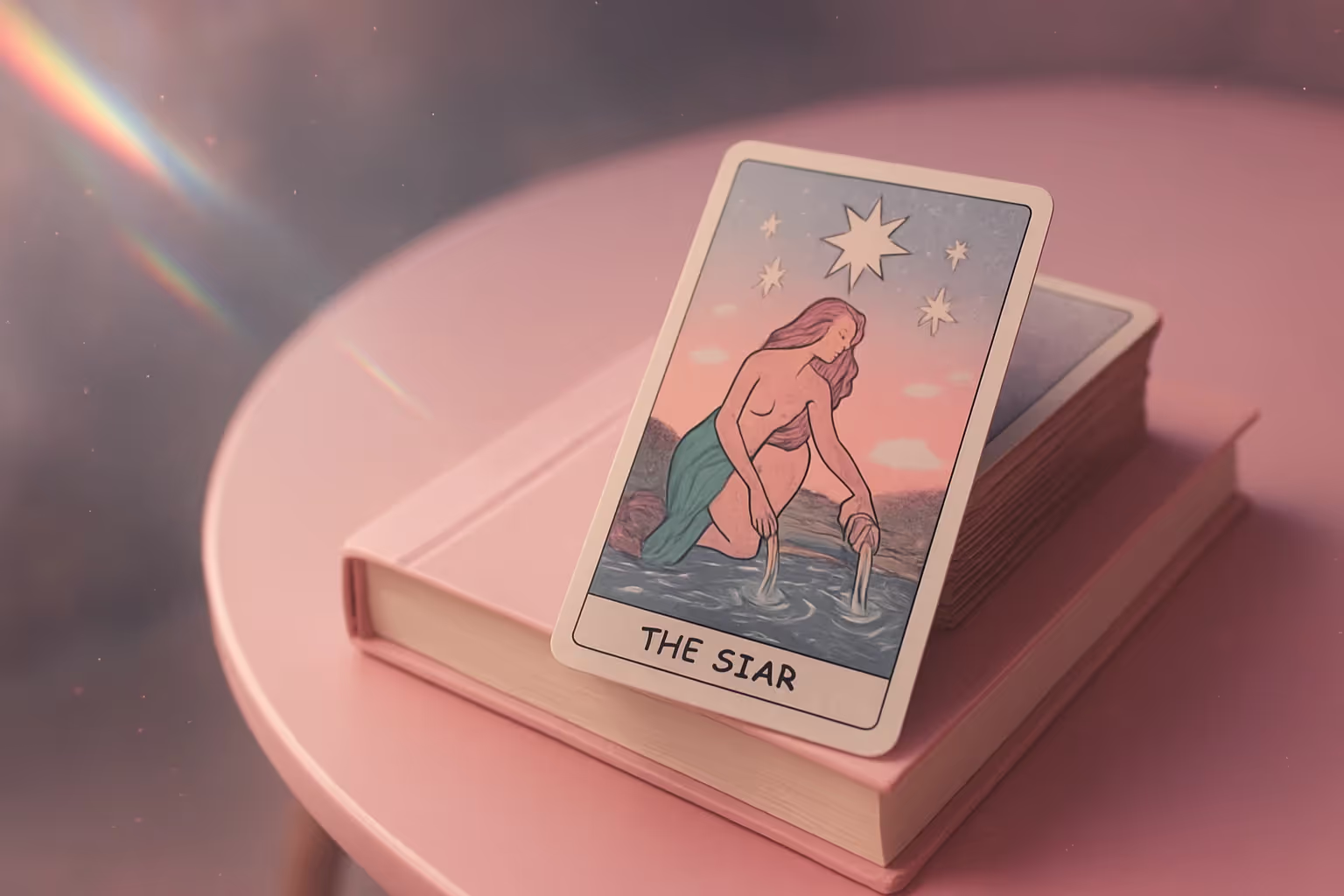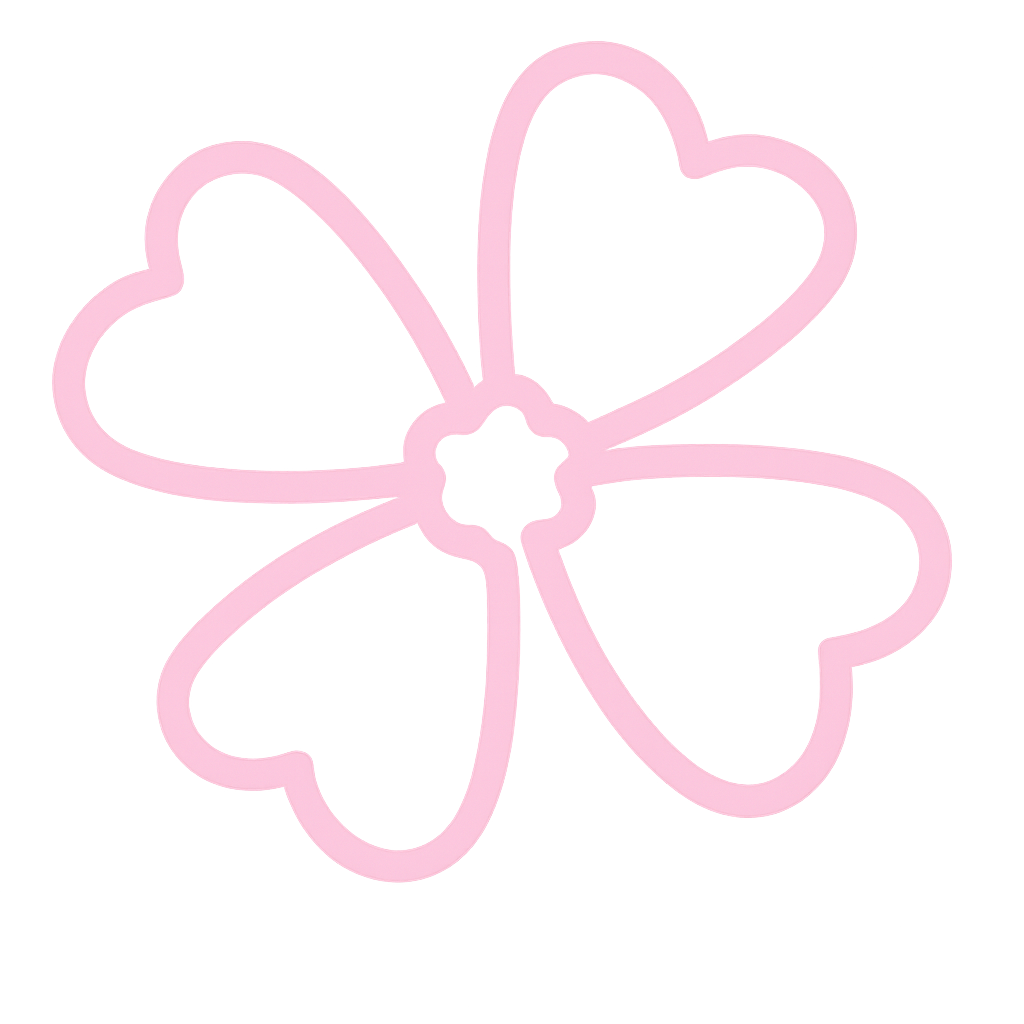Your bestie just texted you a pic of their morning coffee setup, and boom - there's a gorgeous tarot deck casually spread next to their oat milk latte ☕ Sound familiar? Yeah, tarot isn't just for midnight rituals anymore, and 2025 is about to make these mystical cards as common as your favorite mug.
Let's be real - tarot has officially entered its mainstream era, and I'm here for it. What started as whispered conversations about "woo-woo stuff" has transformed into a full-blown cultural phenomenon that's reshaping how we approach self-discovery, relationships, and yes, even our intimate lives.
The Coffee Table Revolution: Why Tarot Is Going Mainstream
Here's what's happening: tarot decks are becoming the new coffee table books. But instead of collecting dust, they're actually being used. I've noticed this shift everywhere - from my yoga instructor's living room to my neighbor's kitchen counter.
The numbers don't lie either. Market research shows that tarot and oracle card sales have increased by 145% since 2020, with millennials and Gen Z driving most of that growth. We're talking about a generation that grew up with therapy speak and isn't afraid to dive deep into emotional work.
What's really fascinating is how this ties into our broader cultural shift toward wellness and self-care. People are craving tools that help them process emotions, understand relationships, and navigate life's complexities - and tarot fits that need perfectly.
The Aesthetic Factor
Let's not pretend aesthetics don't matter. Modern tarot decks are absolutely stunning. We're talking museum-quality artwork, luxurious packaging, and designs that photograph beautifully for social media. These aren't your grandmother's mysterious cards hidden in a velvet pouch.
Deck creators are collaborating with contemporary artists, resulting in collections that feel more like art installations than divination tools. And tbh, when something looks this good, you want to display it.
2025's Hottest Tarot Trends
Minimalist and Modern Designs
Gone are the days when tarot cards had to look like they belonged in a medieval castle. The biggest trend I'm seeing for 2025 is sleek, minimalist designs that blend seamlessly with modern home decor.
Think clean lines, muted color palettes, and contemporary interpretations of traditional symbols. These decks appeal to people who might have been intimidated by more traditional imagery but are drawn to the practice itself.
Relationship and Intimacy-Focused Decks
Here's where things get really interesting for those of us in the wellness space. Specialized decks focusing on relationships, intimacy, and sexual wellness are exploding in popularity. These aren't your typical love readings - they're sophisticated tools for exploring communication, boundaries, and connection.
I've been using relationship-focused tarot in my own life, and ngl, it's been eye-opening. These decks help couples have conversations they might not otherwise know how to start. They're like therapy prompts disguised as beautiful cards.
Digital Integration
Technology is transforming how we interact with tarot. Apps that complement physical decks, QR codes linking to guided interpretations, and augmented reality features are becoming standard. But here's the thing - the physical cards aren't going anywhere. If anything, the digital elements are enhancing the tactile experience.
Collaborative and Community Decks
One trend that's really capturing my attention is community-created decks. These are collections where multiple artists contribute cards, often around specific themes like healing, empowerment, or social justice. The result is incredibly diverse artwork that speaks to broader audiences.
The Wellness Connection
What I find most compelling about tarot's mainstream moment is how it's being integrated into broader wellness practices. People aren't just doing readings for fun - they're using cards as prompts for journaling, meditation, and self-reflection.
Dr. Jessica Dore, a licensed clinical social worker who writes about tarot and psychology, explains that "tarot can serve as a mirror for our unconscious thoughts and feelings, helping us access insights that might otherwise remain hidden." This psychological approach is resonating with people who view tarot as a tool for personal growth rather than fortune-telling.
Therapeutic Applications
Mental health professionals are increasingly incorporating tarot-like tools into their practice. While they're not using traditional tarot for diagnosis or treatment, the archetypal imagery and open-ended nature of the cards can facilitate meaningful conversations about emotions, relationships, and life transitions.
This therapeutic angle is part of what's making tarot more acceptable to people who might have dismissed it as "nonsense" in the past. When framed as a psychological tool rather than a mystical practice, it becomes accessible to a much broader audience.
How to Choose Your First (or Next) Deck
If you're thinking about jumping on this trend, here's my advice: start with what speaks to you visually. Seriously. The most important factor in choosing a tarot deck is your personal connection to the artwork and symbolism.
Consider Your Intentions
Are you looking for general life guidance? Relationship insights? Creative inspiration? Different decks serve different purposes, and knowing your intention will help narrow down your options.
For relationship and intimacy work, I recommend looking for decks specifically designed for that purpose. They tend to focus more on communication, emotional connection, and personal growth rather than predictive elements.
Quality Matters
Since these cards will likely live on your coffee table and get regular use, invest in quality. Look for sturdy cardstock, clear printing, and packaging that will hold up over time. You want something that feels good in your hands and photographs well for those inevitable Instagram stories.
The Social Aspect
One of the most interesting developments I've observed is how tarot is becoming a social activity. Friends are gathering for "deck parties" where they explore cards together, couples are using relationship decks for date nights, and book clubs are incorporating tarot themes into their discussions.
This social element is huge for the coffee table trend. When your deck is visible and accessible, it naturally becomes a conversation starter. Guests ask questions, want to pull a card, or share their own experiences with tarot.
Breaking Down Barriers
The casual, coffee table approach is helping break down some of the mystique and intimidation factor around tarot. When cards are part of your everyday environment rather than hidden away for special occasions, they become less mysterious and more approachable.
This accessibility is particularly important for people who are curious about tarot but feel overwhelmed by the traditional learning curve. Starting with simple, daily card pulls feels much more manageable than diving into complex spreads and meanings.
Frequently Asked Questions
Do I need to be spiritual or believe in fortune-telling to use tarot cards?
Absolutely not. Many people use tarot purely as a tool for self-reflection and creative thinking. You can approach it from a completely secular, psychological perspective and still find value in the practice.
How do I learn to read tarot cards?
Start simple. Most decks come with guidebooks that explain basic meanings. Begin with single-card pulls and focus on how the imagery makes you feel rather than memorizing traditional interpretations. There are also tons of online resources, apps, and communities to support your learning.
Is it okay to let other people touch my tarot cards?
This is entirely up to you. Some people prefer to keep their decks personal, while others enjoy sharing them with friends and family. There's no right or wrong approach - do what feels comfortable for you.
How often should I use my tarot cards?
There's no prescribed frequency. Some people pull a daily card for reflection, others use them weekly or when they're facing specific questions or decisions. Let your intuition and interest guide you.
Can tarot cards predict the future?
Most modern practitioners view tarot as a tool for exploring possibilities and gaining insight into current situations rather than predicting specific future events. The cards can help you consider different perspectives and potential outcomes, but they're not crystal balls.
The Business Side
From a market perspective, the tarot industry is booming. Independent artists are creating successful businesses around deck creation, and major publishers are expanding their metaphysical lines. This isn't a passing fad - it's a legitimate market segment with serious staying power.
The subscription box model has also taken off, with companies offering monthly deliveries of new decks, crystals, and related items. This has helped introduce people to different artists and styles they might not have discovered otherwise.
Supporting Independent Creators
One beautiful aspect of the tarot renaissance is how it's supporting independent artists and small businesses. Many deck creators are individuals or small teams who are passionate about their craft, and purchasing their work directly supports their artistic endeavors.
Platforms like Kickstarter have democratized deck creation, allowing artists to fund their projects through pre-orders and build communities around their work before the cards even exist.
Cultural Impact and Representation
The mainstream adoption of tarot is also driving important conversations about representation and cultural sensitivity. More diverse voices are entering the space, creating decks that reflect different cultural perspectives, body types, relationship structures, and life experiences.
This inclusivity is crucial for the practice's continued growth and relevance. When people see themselves reflected in the cards, the experience becomes more meaningful and accessible.
Research by cultural anthropologist Dr. Sarah Pike found that "contemporary tarot practices often serve as spaces for exploring identity, community, and meaning-making in ways that traditional religious institutions may not provide." This function is particularly important for marginalized communities seeking tools for empowerment and self-understanding.
Practical Tips for Coffee Table Display
If you're ready to make tarot part of your home aesthetic, here are some practical considerations:
Choose a deck with packaging that looks good when displayed. Many modern decks come in beautiful boxes that are meant to be seen. Consider how the colors and style will complement your existing decor.
Think about accessibility. You want your deck somewhere it's easy to reach when inspiration strikes, but also protected from spills and damage. A decorative tray or small basket can provide both display appeal and practical protection.
Don't forget about lighting. Tarot cards are meant to be looked at closely, so make sure your coffee table area has good lighting for both display and actual use.
The Future of Tarot
Looking ahead, I predict we'll see even more integration between tarot and technology, continued diversification of deck themes and artistic styles, and growing acceptance in therapeutic and wellness contexts.
The coffee table trend represents something bigger than just home decor - it's about normalizing tools for self-reflection and emotional exploration. In a world that often feels chaotic and disconnected, people are hungry for practices that help them slow down, tune in, and connect with themselves and others.
Virtual reality tarot experiences, AI-powered interpretation tools, and interactive digital decks are all on the horizon. But imo, the physical cards will remain central to the practice because there's something irreplaceable about the tactile experience of shuffling, selecting, and contemplating beautiful artwork.
Final Thoughts
The 2025 tarot trends we're seeing aren't just about pretty cards on coffee tables - they're about a cultural shift toward introspection, meaningful conversation, and accessible tools for personal growth. Whether you're drawn to the aesthetic appeal, the psychological benefits, or the social aspects, there's never been a better time to explore what tarot might offer you 🔮
What I love most about this mainstream moment is how it's stripping away the gatekeeping and mystery that once surrounded tarot. These cards are becoming what they've always had the potential to be - beautiful, thought-provoking tools that anyone can use to explore their inner world and relationships.
So go ahead, find a deck that speaks to you, and let it claim its spot next to your favorite candle and that book you've been meaning to read. Your coffee table - and your self-discovery journey - will thank you.




